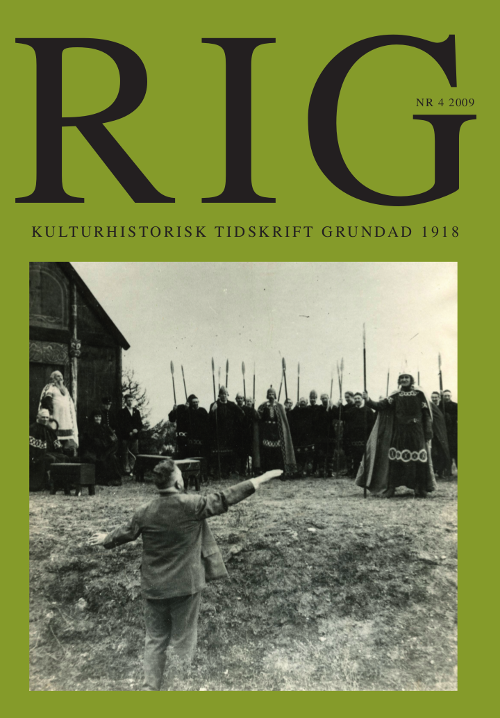Konsum snabbköp och den moderne svensken. Identitet och interaktion i Kooperativa förbundets filmer om självbetjäning (1920–60)
Abstract
Cooperative Supermarkets and Swedish Identity 1920–1960
This study has been carried out in the intersection between three disciplines; history, ethnology and film studies. Thus it is important to contextualize the Cooperative Society and relate it to the conditions in the context that is under investigation (Arvidsson 2002; Eriksson 1999; Alex 1994; Jönsson & Svensson 2005). At the same time the primary purpose of the study is of an interpretive ethnological nature with the importance of the analyses directed towards the life ideals, lifestyles, norms and values that both form films and are mediated by them (Geertz 1973,1983; Eriksson 2003). Additionally it was fruitful for the study to use the conceptual apparatus and theoretical frameworks of film science in order to understand how film both constructs and reflects the contents, contexts, tone and fundamental units of meaning in the study of lifestyles and life ideals (Hampton 2007; Kupfer 1999; James 2000). The analysis focused primarily on the ethnological aspects of films, thus resulting in the fact that the historical, contextual and film studies aspects could have been further developed.
The disposition of the article comprises four sections. The first section provides an introduction to the Swedish Cooperative’s ideological base. This ideology has a complex nature that combines aesthetic, technological and political structures. Thus for this reason certain fundamental characteristics of the Cooperative Society’s architectural and engineering service that developed the whole concept in the way in which the Konsum grocery ‘packaged’ its products. The second section deals with the ways in which films about Konsum provide narratives about the identities and patterns of social interaction of modern Swedish citizens. In the third section the analyses from sections one and two are contextualized in order to arrive at conclusions about the ways in which films about Konsum cinematize a specific Swedish modernity that was developed between 1920 and 1960. Finally, the article ends with a discussion of the ways in which the grocery has impacted upon the consumption patterns of people living in Sweden and the development from purchasing based on needs to consumption based on desires.

